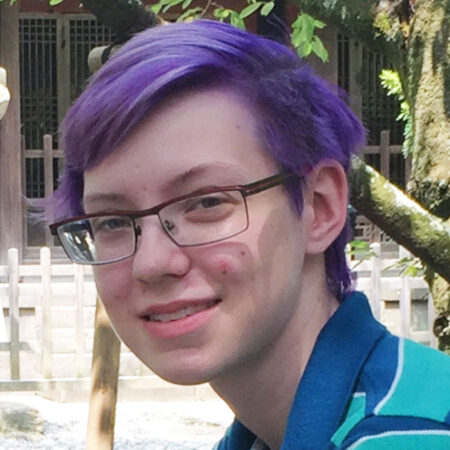Alex Ferris, PhD

Alex Ferris is a research scientist at the Institute for Disease Modeling at the Bill & Melinda Gates Foundation.
Looking to improve national survey programs and determine which disease management strategies are most promising, Ferris developed computational models of the spread of cassava brown streak disease in sub-Saharan Africa during their doctoral research at Stanford University. These models demonstrate the potential for clean seed systems to increase cassava yield in infected regions and the impact of focusing surveillance in cassava dense regions.
As an undergraduate at Wellesley College, Ferris worked in Timothy Lu’s laboratory at MIT using recombinase to develop genetic tools for efficiently programming and recording order dependent signals detected by cells. Their work led to novel insights about recombinase kinetics and behavior and applied this to creating devices for recording analogue signals.
Outside of bioengineering, Ferris enjoys playing banjo and doing tech for community theater. Ferris is from Raleigh, North Carolina.
Graduate Studies
Undergraduate Studies
Related News
